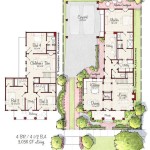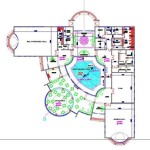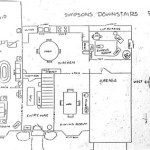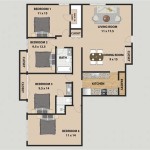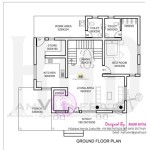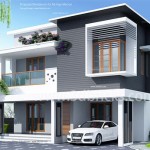Essential Aspects of House Plans Layout Design
Designing the layout of a house is a crucial step in the construction process. A well-conceived layout can enhance the functionality, comfort, and aesthetic appeal of your home. Here are some essential aspects to consider when designing your house plans layout:
Functional Flow
The house plan layout should facilitate a smooth and efficient flow of movement throughout the home. Consider the natural progression of activities and create a layout that minimizes unnecessary steps and maximizes convenience. For example, the kitchen should be located near the dining and living areas, and the bedrooms should be grouped together.
Space Optimization
Make the most of the available space by carefully considering the size and proportion of each room. Avoid creating excessive or underutilized spaces. Utilize space-saving solutions such as built-in storage, multi-purpose furniture, and efficient room layouts.
Natural Light
Maximize natural light by orienting the house to take advantage of sunlight. Place windows and skylights strategically to ensure ample light throughout the day. Natural light not only enhances the ambiance but also reduces energy consumption.
Privacy and Separation
Create a balance between privacy and interconnectedness. Public areas like the living room and dining room can be more open, while private spaces like bedrooms and bathrooms should offer seclusion. Consider the placement of windows, doors, and partitions to ensure privacy without isolating rooms.
Exterior Integration
The house plan layout should seamlessly integrate with the surrounding outdoor space. Consider the relationship between the house and the yard, patio, or garden. Create outdoor living areas that extend the living space and enhance the connection with nature.
Style and Aesthetics
The layout of the house should align with the overall architectural style and aesthetic preferences. Traditional layouts tend to be symmetrical and formal, while contemporary layouts favor open-concept designs and fluidity. Consider the desired style and incorporate elements that reflect your taste.
Long-Term Flexibility
Design the house plan layout with future needs in mind. Consider the possibility of expanding or modifying the house over time. Incorporate flexible spaces that can adapt to changing family dynamics or lifestyle changes. Open-concept layouts and movable partitions provide greater flexibility.
By carefully considering these essential aspects, you can create a house plans layout that meets your specific requirements, enhances the functionality and comfort of your home, and complements the surrounding environment.

House Plans How To Design Your Home Plan

Small House Plans Popular Designs Layouts

Floor Plans Learn How To Design And Plan

Floor Plan Creator And Designer Free Easy App

House Plans How To Design Your Home Plan

Kitchencounterdesign Net House Blueprints Floor Plans Home Layout Design

House Plans How To Design Your Home Plan

Floor Plan Creator And Designer Free Easy App

Top 5 Modern House Plans With Photos Floor Archid

Modern Open Floor House Plans Blog Eplans Com

